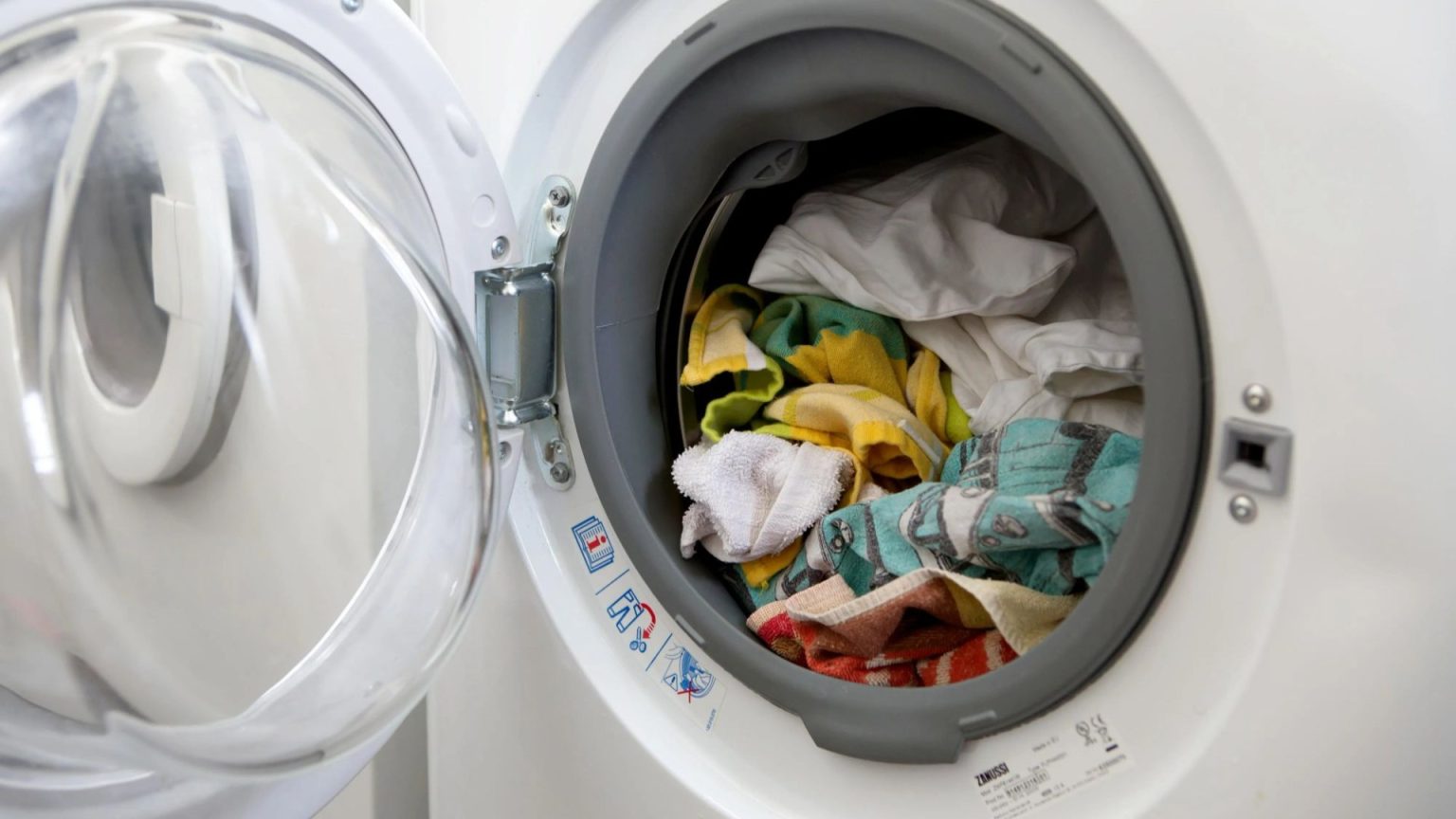Optimizing Tumble Dryer Usage for Energy Savings
The escalating cost of energy has prompted many households to seek ways to reduce their consumption, particularly during the colder months when heating systems are in constant use. While minimizing central heating usage is a common strategy, drying laundry effectively without relying heavily on radiators presents a challenge. Air-drying clothes indoors can lead to excess moisture and condensation, potentially causing dampness and mold. Consequently, many revert to using tumble dryers, despite their reputation as energy-intensive appliances. A standard tumble dryer can consume a significant amount of energy per cycle, potentially adding a substantial sum to annual energy bills, especially for families with frequent laundry needs. However, rather than abandoning the tumble dryer altogether, particularly for those owning energy-efficient models, adopting smarter usage practices can significantly reduce costs. Implementing simple adjustments can make a substantial difference in long-term energy savings.
Effective Strategies for Tumble Dryer Efficiency
Maximizing the efficiency of your tumble dryer starts with ensuring full loads. Running the appliance with half-full loads contributes significantly to wasted energy, adding unnecessary expenses to yearly bills. Cultivating the habit of only using the tumble dryer when you have a full load can quickly become second nature and translate into significant savings. This principle also applies to washing machines. Reducing the number of cycles by washing full loads conserves both water and energy, contributing to lower utility costs. However, avoid overloading the machine, as this can lead to damage and reduced performance.
Washing clothes at lower temperatures is another highly effective way to save energy. A significant portion of the energy consumed by washing machines goes towards heating the water. Utilizing lower temperature settings provides a thorough clean while reducing energy consumption. Modern detergents are formulated to be effective at lower temperatures, making 30°C or even colder washes suitable for most laundry. Reserve warmer washes for heavily soiled items or underwear. Washing at lower temperatures consistently can lead to substantial savings compared to higher temperature washes.
Maintaining your tumble dryer’s efficiency and ensuring safe operation requires regular cleaning of the filter and outside vents. A clogged filter restricts airflow, forcing the dryer to work harder and consume more energy, potentially creating a fire hazard. Regular cleaning is a simple yet crucial task for optimal performance and safety. Similarly, cleaning the washing machine filter is essential for maintaining its efficiency.
Additional Tips and Alternative Drying Methods
Several other practical tips can further enhance tumble dryer efficiency. Adding a dry towel to a wet load can accelerate the drying process, reducing the required cycle time. Alternatively, tumble dryer balls can be used to improve air circulation within the dryer, aiding in faster drying.
Consider utilizing a heated clothes airer as an energy-efficient alternative to tumble drying, especially during winter. Heated airers consume significantly less energy compared to tumble dryers, offering substantial cost savings over time. Ensure clothes are spread out evenly on the airer to prevent overlapping and promote faster drying. Positioning the airer in a heated room leverages ambient warmth to further expedite the drying process.
Other drying methods include using dehumidifiers, which can remove excess moisture from the air, aiding in faster drying of clothes on an airer while also preventing mold growth. Strategically placing the dehumidifier near the airer maximizes its effectiveness.
Broader Energy Saving Measures
Beyond tumble dryer optimization, several other measures can contribute to lower energy bills. Reducing your thermostat setting by even one degree can lead to noticeable savings without compromising comfort. Consistently switching off lights and appliances when not in use can also accumulate substantial savings over time. Installing a smart meter provides insights into energy usage patterns, allowing for more informed decisions about energy consumption. Finally, periodically reviewing and comparing energy suppliers can ensure you’re on the most cost-effective tariff, potentially leading to significant savings. By combining these strategies, households can significantly reduce their energy expenditure and mitigate the impact of rising energy costs.




